12 March 2025
Have you ever wondered how your favorite PlayStation games come to life? How a simple idea transforms into an epic experience that keeps you glued to the controller for hours? It’s not magic—though it definitely feels like it sometimes. The process behind creating PlayStation games is a fascinating blend of creativity, technology, and collaboration. So, grab your headset and get comfy as we take a deep dive into the journey "from concept to controller" in the world of PlayStation game development.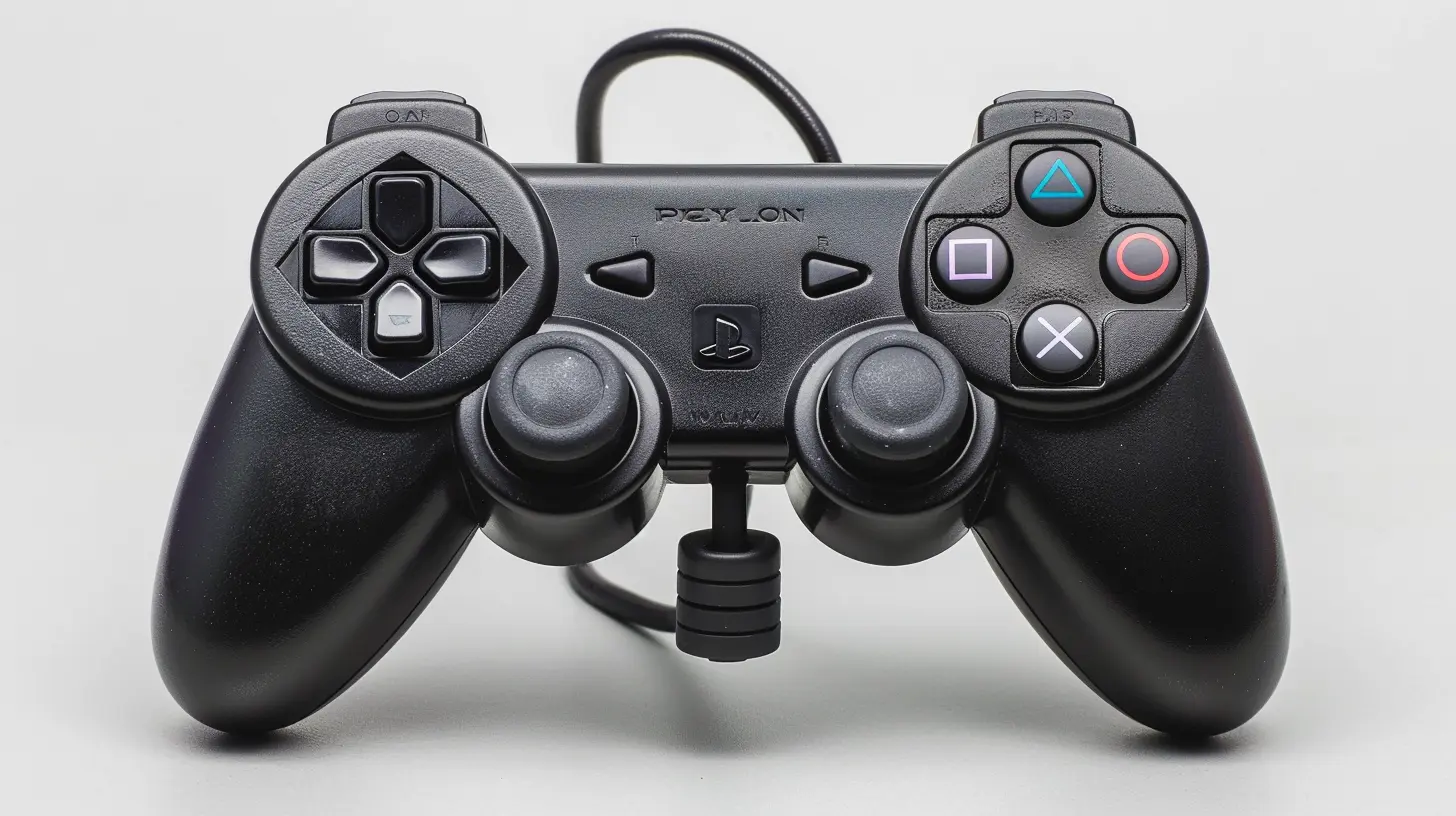
The Spark of an Idea: Birth of a Game Concept
Every PlayStation game starts with a lightbulb moment—a burst of inspiration or a “what if?” question. This is the stage where creativity runs wild. Developers, writers, and designers brainstorm concepts that could potentially become the next big hit.Sometimes, a game idea is inspired by real-world events, art, or mythology. Other times, it stems from answering simple questions like, “What if a raccoon could sneak through a futuristic world stealing treasures?” (Hello, Sly Cooper fans!) At this point, anything goes. It's like painting on a blank canvas, except the canvas is digital, and the paintbrushes are limitless.
Once the team narrows down its ideas to the most promising concept, they start fleshing it out. Who are the main characters? What’s the storyline? What kind of gameplay will it involve? This brainstorming phase sets the foundation for everything that comes next.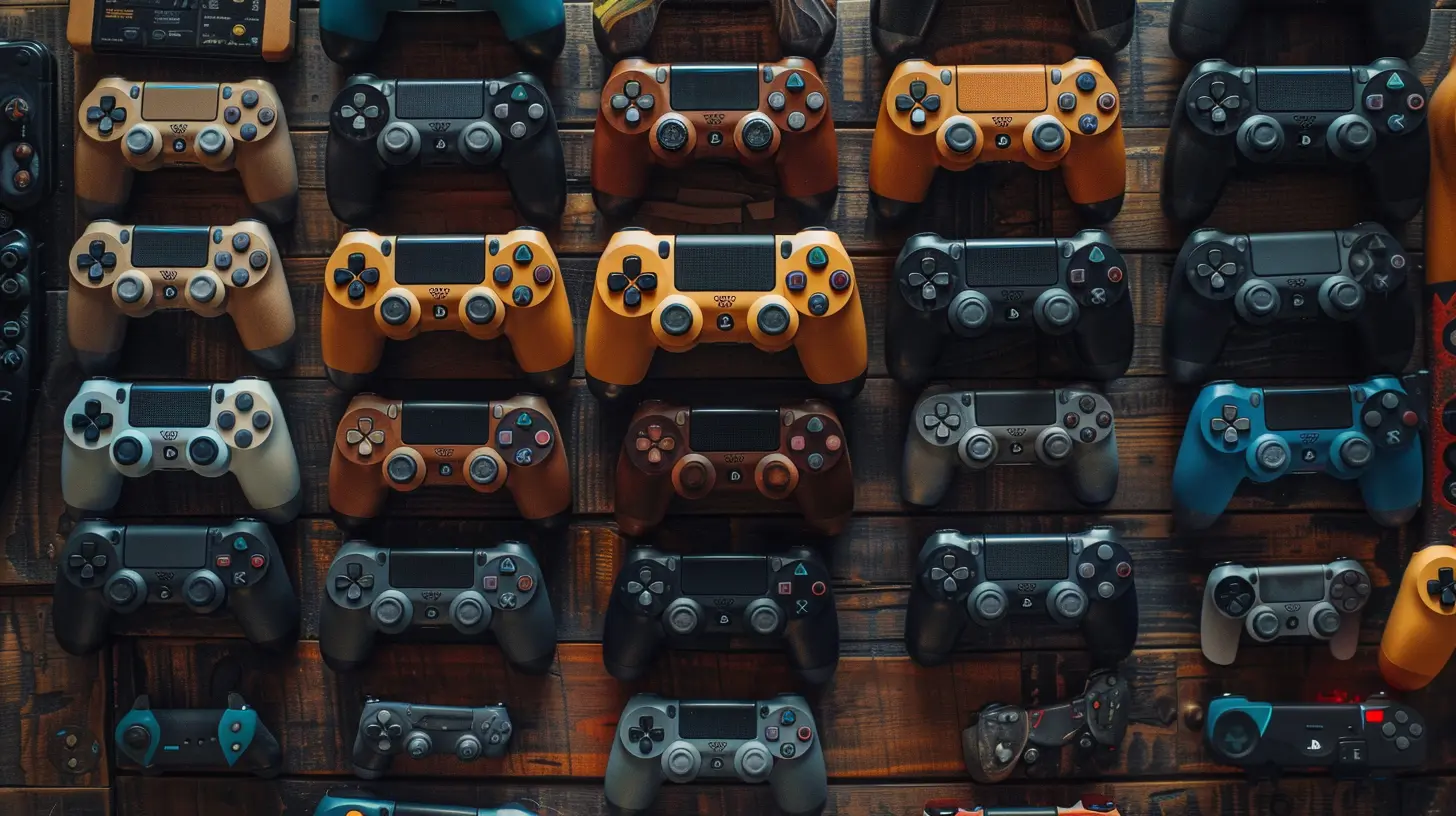
Building the Blueprint: Pre-Production
Think of pre-production as planning out a road trip with your friends. You can’t just hop in a car and drive blindly—you need a map, a destination, and some snacks (well, maybe not the snacks in this case). Game development is no different.At this stage, developers create detailed documentation called a "Game Design Document" (GDD), outlining the game’s mechanics, characters, environments, and features. This document acts as a blueprint for the entire team, ensuring everyone stays on the same page.
Next, prototypes are built. These early versions of the game are usually rough and full of bugs, but they serve a crucial purpose: testing out core gameplay mechanics. For example, if the game involves sword fighting, developers want to make sure the combat feels smooth and intuitive before they move forward. It’s like testing the waters before you dive headfirst.
By the end of pre-production, the team should have a crystal-clear idea of what they’re building and how they’re going to do it.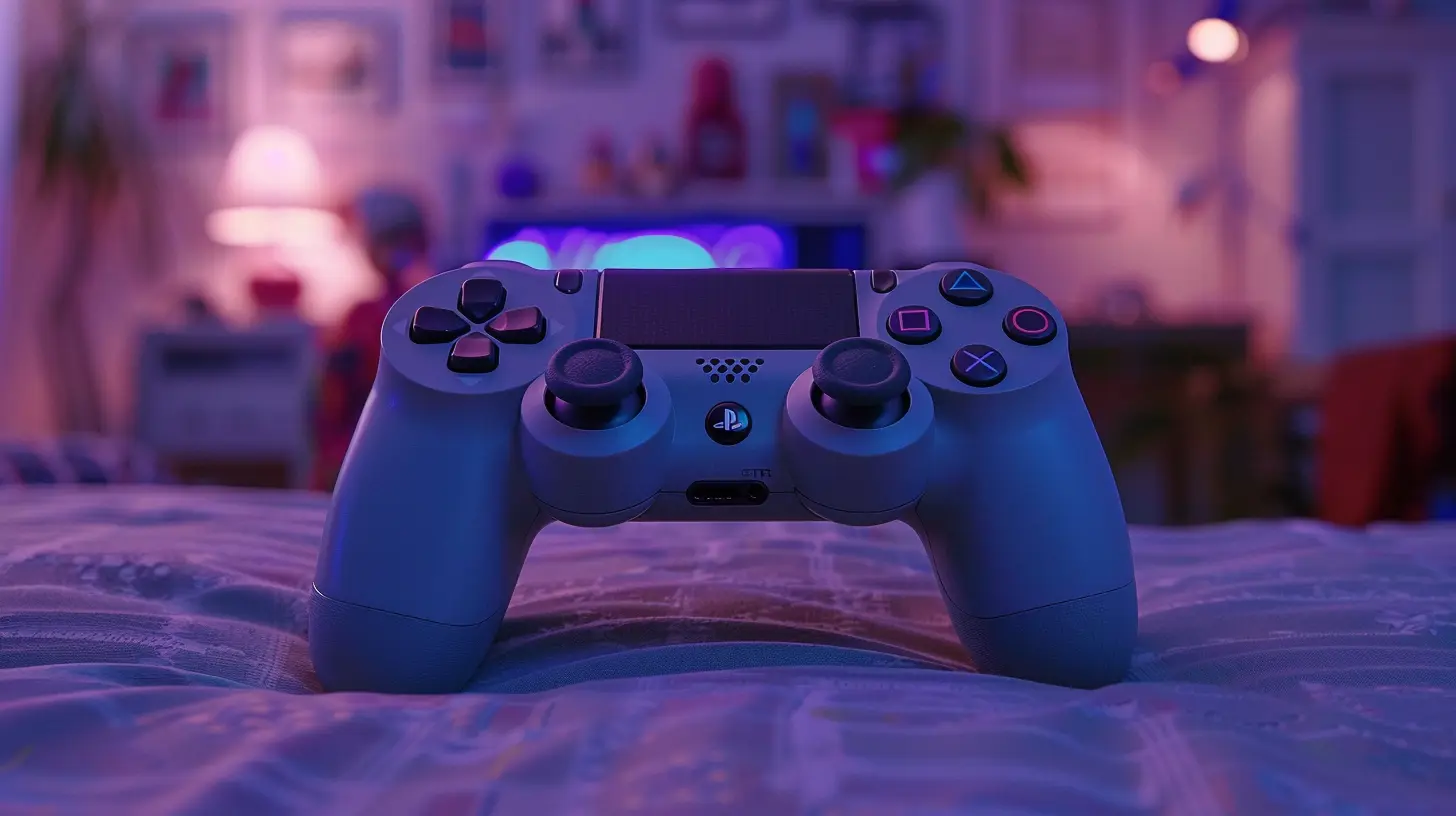
The Heavy Lifting: Production Phase
Here’s where the magic (and sleepless nights) really happen. The production phase is the longest and most labor-intensive part of making a PlayStation game. It’s where all the pieces—art, music, code, and story—start to come together like a massive jigsaw puzzle.1. Game Design and Programming
Game mechanics are carefully designed and fine-tuned during this phase. Developers write thousands (sometimes millions) of lines of code to bring the game’s features to life. Every element, from character movement to mission objectives, needs to work seamlessly to create an immersive experience.Let’s talk about game physics for a second. Ever notice how your character's hair moves when they jump or how objects fall realistically in some games? That’s all thanks to physics engines—complex systems programmed to mimic the real world. It’s a bit like teaching your game to “act natural.”
2. Art and Animation
Meanwhile, the art team is hard at work designing the game’s visuals. Characters, environments, and objects all begin as sketches or 3D models before being brought to life with textures, colors, and animations. Whether it’s crafting a futuristic city or a lush jungle, every detail is carefully considered.Animation adds another layer of complexity. Animators bring characters to life by creating movements and expressions that feel natural. Think of it as choreographing a dance—except the dancer is a 3D model, and the stage is a digital landscape.
3. Audio Magic
What’s a PlayStation game without killer sound design? The sound team creates everything from the roaring engines in Gran Turismo to the spine-chilling whispers in The Last of Us. Music composers add even more personality by scoring soundtracks that tug at your emotions and enhance the game’s atmosphere.Pro tip: Play your favorite game with headphones on—you’ll notice details you might’ve missed before, like distant birds chirping or the sound of footsteps in an echoey corridor. That’s how much effort goes into sound design!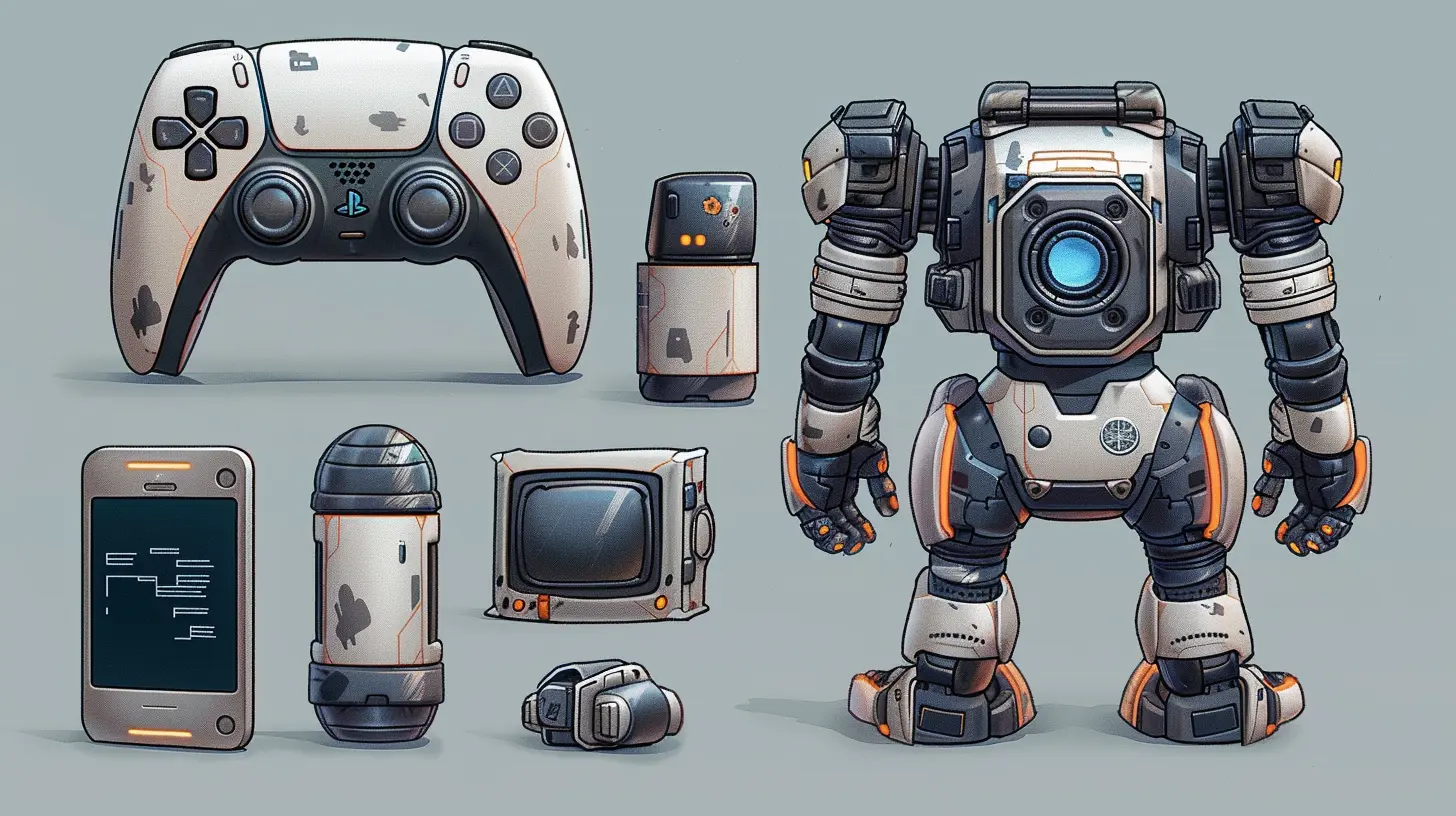
The Final Polish: Testing and Quality Assurance
Now, imagine you’ve baked a cake, but instead of diving in immediately, you check to make sure it tastes perfect. The same goes for games. Once the core elements are in place, the testing phase begins.The Quality Assurance (QA) team is basically the unsung hero of game development. They play the game over and over (and over!) to detect bugs, glitches, and performance issues. It’s not all fun and games here—it’s meticulous work. Bugs, after all, can break the immersion or even make the game unplayable. Ever fallen through the map in a game? That’s the kind of stuff they’re trying to fix.
Testing also involves ensuring that the game runs smoothly across various hardware setups. After all, PlayStation games need to perform equally well on a PS4 or PS5, whether you’re gaming on a 4K TV or a standard screen.
The Big Day: Launch and Beyond
Once the game is polished to perfection, it’s go-time! Marketing campaigns kick into overdrive, trailers drop, and the hype begins. When launch day arrives, gamers rush to buy, download, or pre-order their copies.But wait—the journey doesn’t end there. Developers often release post-launch updates and downloadable content (DLC) to keep the experience fresh for players. It’s like adding new levels to a theme park after it’s already opened. Some games even evolve over years, like Fortnite, through constant updates and patches.
Why Does It Take So Long?
You’ve probably heard stories about games taking years to make (Final Fantasy XV, anyone?). It’s true—creating a PlayStation game is no walk in the park. It requires a massive team, cutting-edge technology, and an insane amount of patience. Every frame, every sound, and every pixel is scrutinized to ensure the final product delivers a jaw-dropping experience. Sure, it takes time, but when you’re holding that controller and embarking on an unforgettable adventure, it’s all worth it.Wrapping Up: The Ultimate Team Effort
From the initial concept to the final controller input, making a PlayStation game is a colossal team effort. It’s a journey fueled by passion, innovation, and creativity. And while we only see the finished product on our screens, it’s important to remember the hundreds—sometimes thousands—of people who work tirelessly behind the scenes.So, the next time you’re immersed in a PlayStation game, take a moment to appreciate the artistry and hard work that made it possible. After all, behind every epic boss fight, stunning vista, or gripping storyline is a team of incredibly talented individuals who transformed a simple idea into a world we can’t wait to explore.

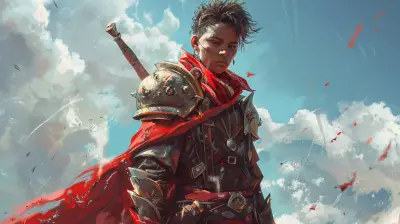
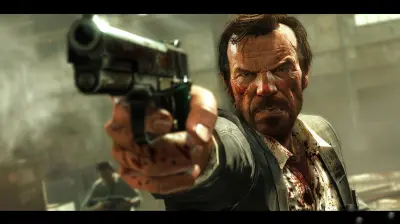

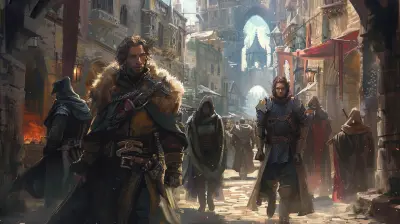
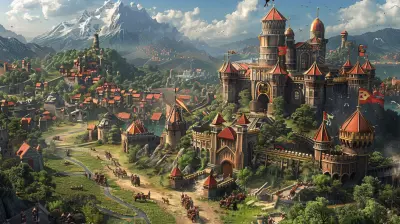
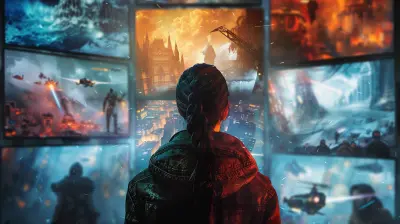
Lola Ramirez
Insightful overview of game development—fascinating journey from idea to gameplay!
March 29, 2025 at 5:38 AM